Frank DeFilippo: End-of-Life Option Act May be the Only Hope
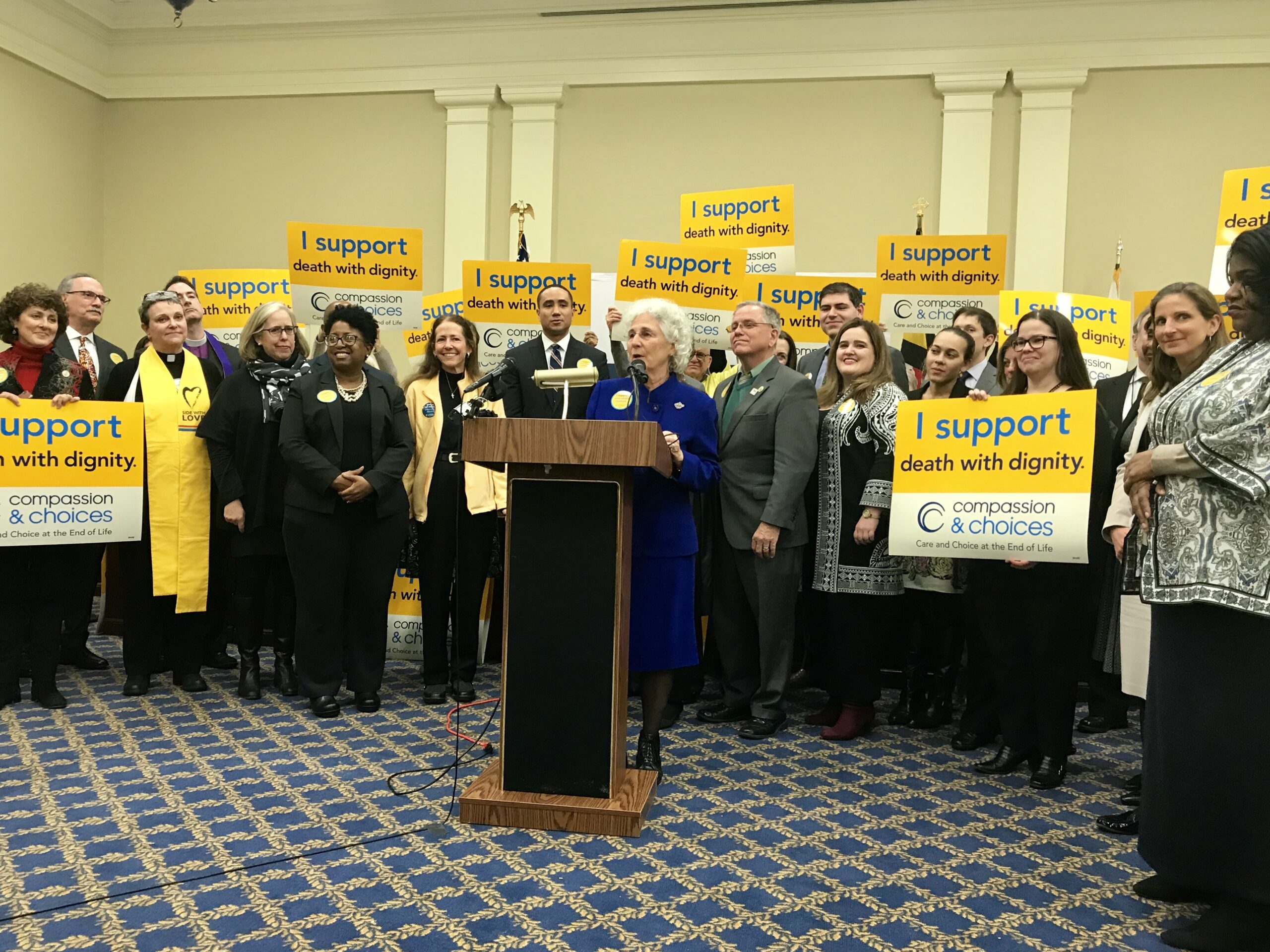
Death is God’s way of telling us to slow down. The process of slowing down can be accelerated by lethal purchases on urban street corners and school play-yards but cannot be legally obtained from licensed physicians by those seeking a release from a punishing death.
Yet it is assumed that there are those who obtain opioids legally, for one severe pain or another, reserve a stash in a medicine chest corner in case of a life-ending need. And as a corollary, anyone with vial of lethal drugs might be willing to pass on a dose to a friend in need, not to mention that the drugs could accidentally fall into the hands of a kid.
Or, for a desperate person hell-bent on rapid departure, the most accommodating approach would be to seek out a Dr. Feelgood to prescribe a bellyful of toxic pills whose effects would rival the disclaimers on a pharmaceutical commercial.
Statistics from opioid deaths – there were 68,557 in 2018, more than double the number of gun deaths – suggest, too, that the numbers include suicides by either regular users who had easy access to the drugs or those who obtained them from friends or from street dealers peddling the potent synthetic, fentanyl.
Fentanyl, usually lethal if misused, is frequently represented as a recreational drug, and is often mixed with heroin or cocaine. Fentanyl offers a quick kick that lasts about two hours or, in the extreme, death. Opioids are also known by their brand names such as Vicodin, OxyContin and the familiar codeine.
According to the U.S. Center for Disease Control and Prevention, the suicide rate rose 24% between 1999 and 2014, a striking parallel to the dramatic increase in the number of opioid deaths. While the suspicion of suicide exists, though, it is difficult for a coroner to determine intent, so statistically exact science must yield to educated guesswork.
It is widely thought, too, that morphine, another opioid, is used to advance death in hospice care. Morphine is used as a painkiller as well as to facilitate breathing, and, according to available information, while death may occur when a patient is being treated with morphine, the drug is said not to be the direct cause.

Frank A. DeFilippo
Another more laborious and lengthy method of legally ending life that is gaining notice is the conscious decision to simply refuse sustenance of any kind. This approach takes about a week or more but allows the dying person to be surrounded by loved ones, fully alert and conversant up to the point when the body begins to shut down.
This is not intended to be a lugubrious exercise on a macabre subject — COVID-19 is terrifying enough — but a prelude to a decision that the Maryland General Assembly appears on the threshold of making but can’t seem to take the final, tiny, tippy-toe step.
Once again, for the fifth time, legislation that would allow physician-assisted suicide or, more euphemistically, death with dignity for those with terminal illnesses, is up for consideration by the legislature. The life-ending choice is legal in seven states – California, Colorado, Oregon, Vermont, Washington, Hawaii and Montana.
Last year, the House passed the very same bill but it failed the Senate in a tie vote, 23-23, because of indecision – on a life-and-death matter, for crying out loud. One senator could not decide and whiffed on the issue. This year, Sen. Obie Patterson (D-Prince George’s), last year’s holdout, says he’s made up his mind, but he’s mum on which way he’ll vote when the bill stares him in the face.
Controversial legislation often takes more than a session or two before they become law as times change, pressure grows and resistance wears down. For example, a commission recommended the abolition of capital punishment in Maryland in 2008 but the death penalty wasn’t abolished until 2013.
Any trepidation about dying peacefully with chemical assistance might have its grounding in religious beliefs, such as the Biblical teaching of creationism — that only God can create or take a life.
Major religions teach that any other willful method of departure will earn a one-way ticket to a bad place. To Roman Catholics, suicide — the taking of one’s own life — brings the denial of a Christian burial and, according to Church teaching, a trip to an eternity in hell. And to Jews, suicide is a Shonda, a disgrace, more to the living than the dead and, in the extreme, social ostracism.
But Aristotelian logic always senses a loophole. In a widely-used college ethics textbook in the 1950s, Msgr. Tracey Ellis, a ranking theologian at Catholic University, reconciled the dilemma this way: If a nun is faced with a choice between rape and defending her vow of chastity, jumping to her certain death to avoid rape would not be considered suicide but an act of grace. (I am not making this up.)
So at each end of the theological thread are two words that are forbidden in the Christian canon — abortion and suicide — and both conclude at the same dead-end: Choice.
William Ernest Henley, a second-rate, no, make that third-rate, Victorian-era poet, debated the conundrum, in a barely memorable poem, “Invictus,” except for the final two lines, a lament as well as a personal conviction of self-determination:
“I am the master of my fate,
I am the captain of my soul.”
The paradox of the legislature is this: It has never been timid when it dealt with abortion, the other life-or-death choice, according to Christian teaching. Maryland was one of the earliest states to adopt a pro-choice law, three years before the Roe v. Wade ruling in 1973. The bill was vetoed by Gov. Marvin Mandel in 1970 with the promise to enact a more legally sufficient bill the following year, which he did.
Abortion was reaffirmed by Maryland voters on referendum in 1992. And recently, the General Assembly took action to guarantee that abortion would be available in Maryland for those who choose the procedure if the Supreme Court, reinforced by Trump-appointed justices, overturns the existing law of the land.
The same determination, it’s obvious, does not apply to physician-assisted suicide when, in fact, a street corner-assisted self-destruction is no less alarming than a back alley, coat-hanger abortion.
The pressure from the religion lobby to reject the measure once again is no doubt intense, just as there was counter-pressure to preserve life by ending the death penalty in Maryland eight years ago. Ending life in a peaceful way does not disrespect life but ennobles it.
To be sure, physician-assisted suicide is not to be conflated or confused with the frivolous intent of taking one’s life over a lost love or a general determination to end-it-all because of despondence or failure.
Physician-assisted suicide is about end-of-life decisions of the terminally ill where medically there is no hope, unlike Dr. Jack Kervorkian, a.k.a. Dr. Death, who was a euthanasic for hire. (Kervorkian claimed he assisted in 133 patient deaths. Kervorkian was convicted of second degree murder in 1998 and sentenced to eight years in prison.)
In those desperate cases of inescapable pain and suffering, the End-of-Life Option Act may be the only hope and a welcome stop sign.
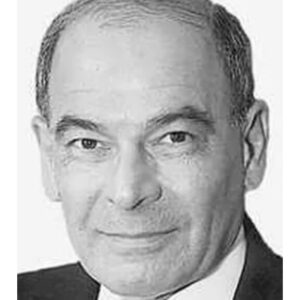
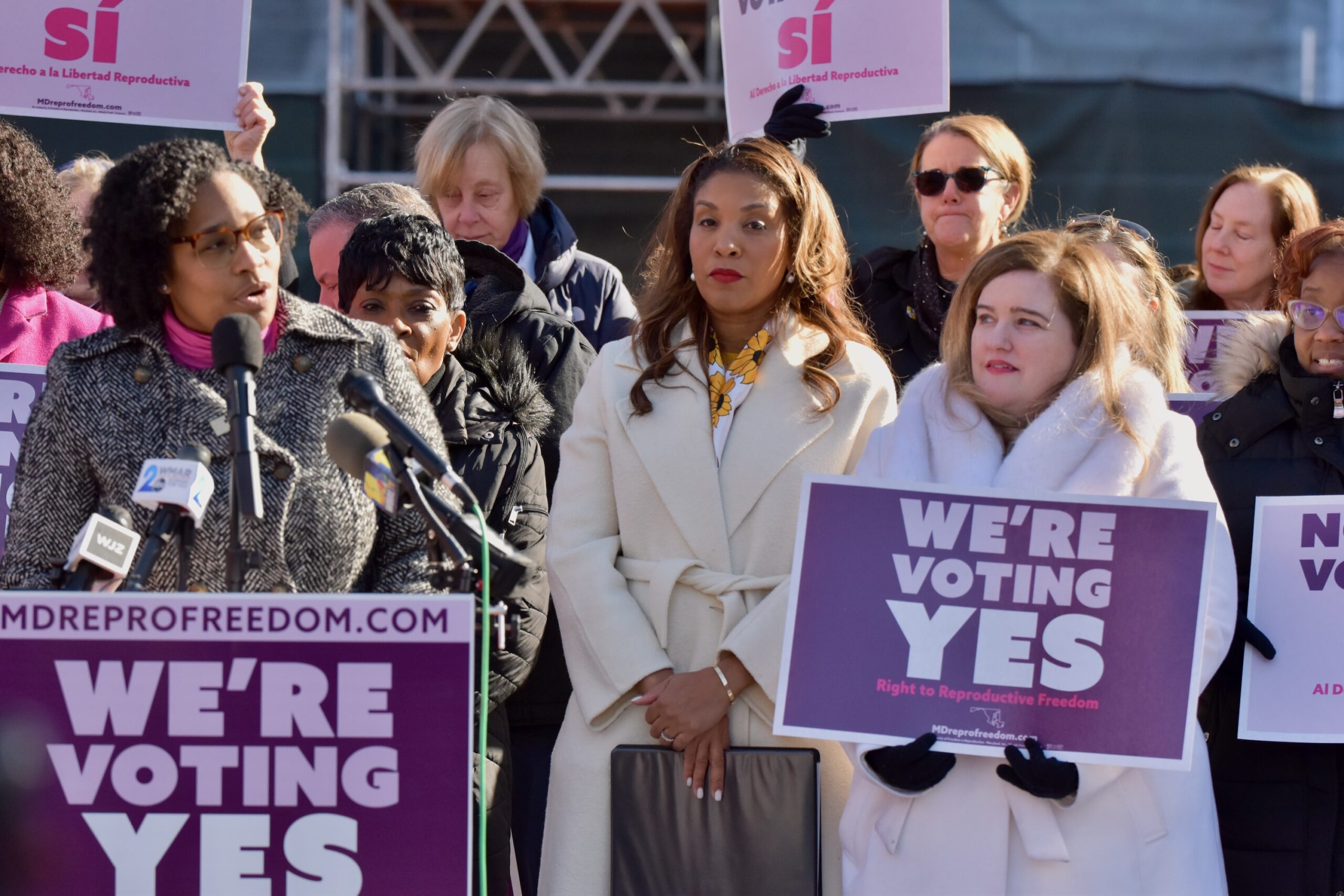
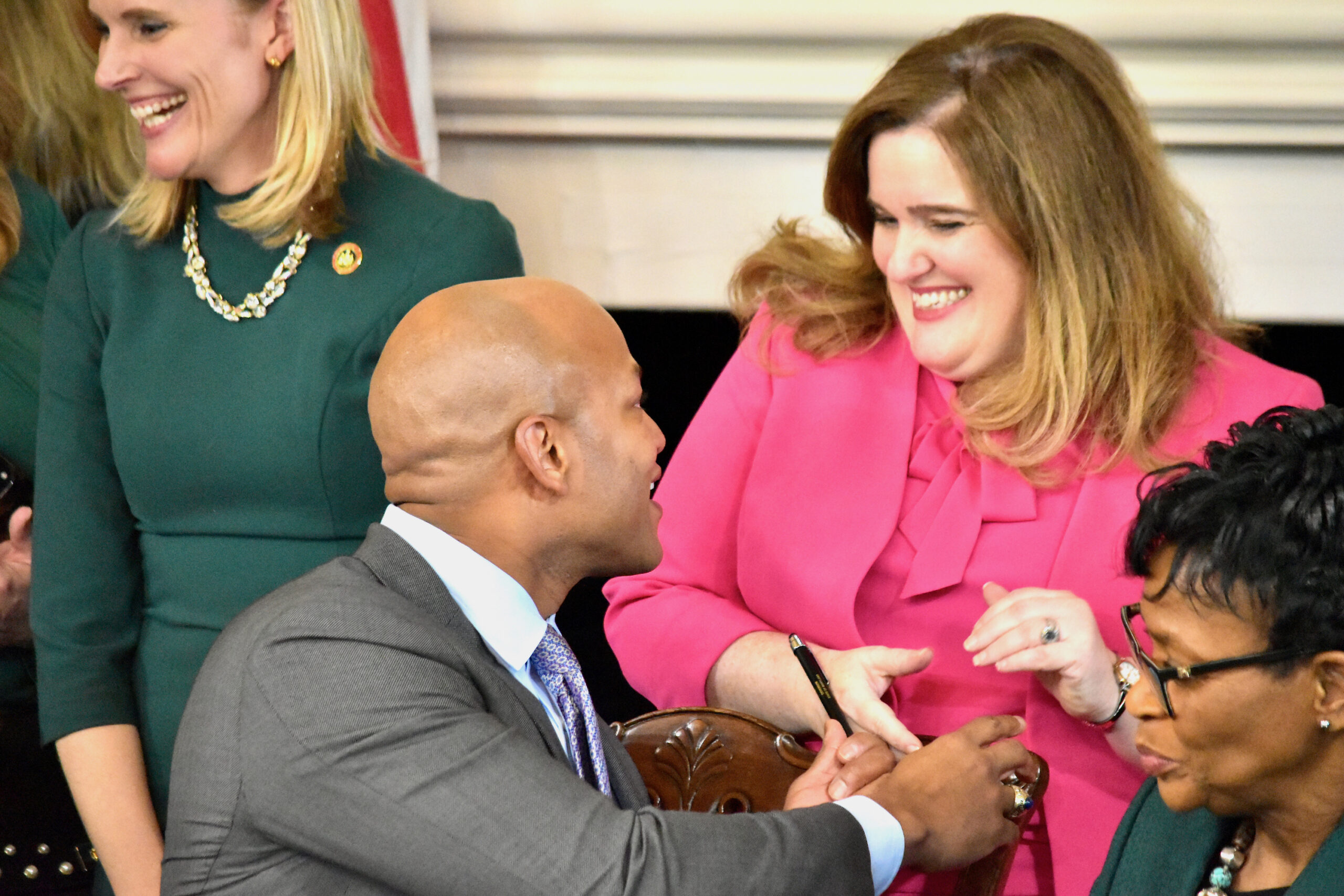
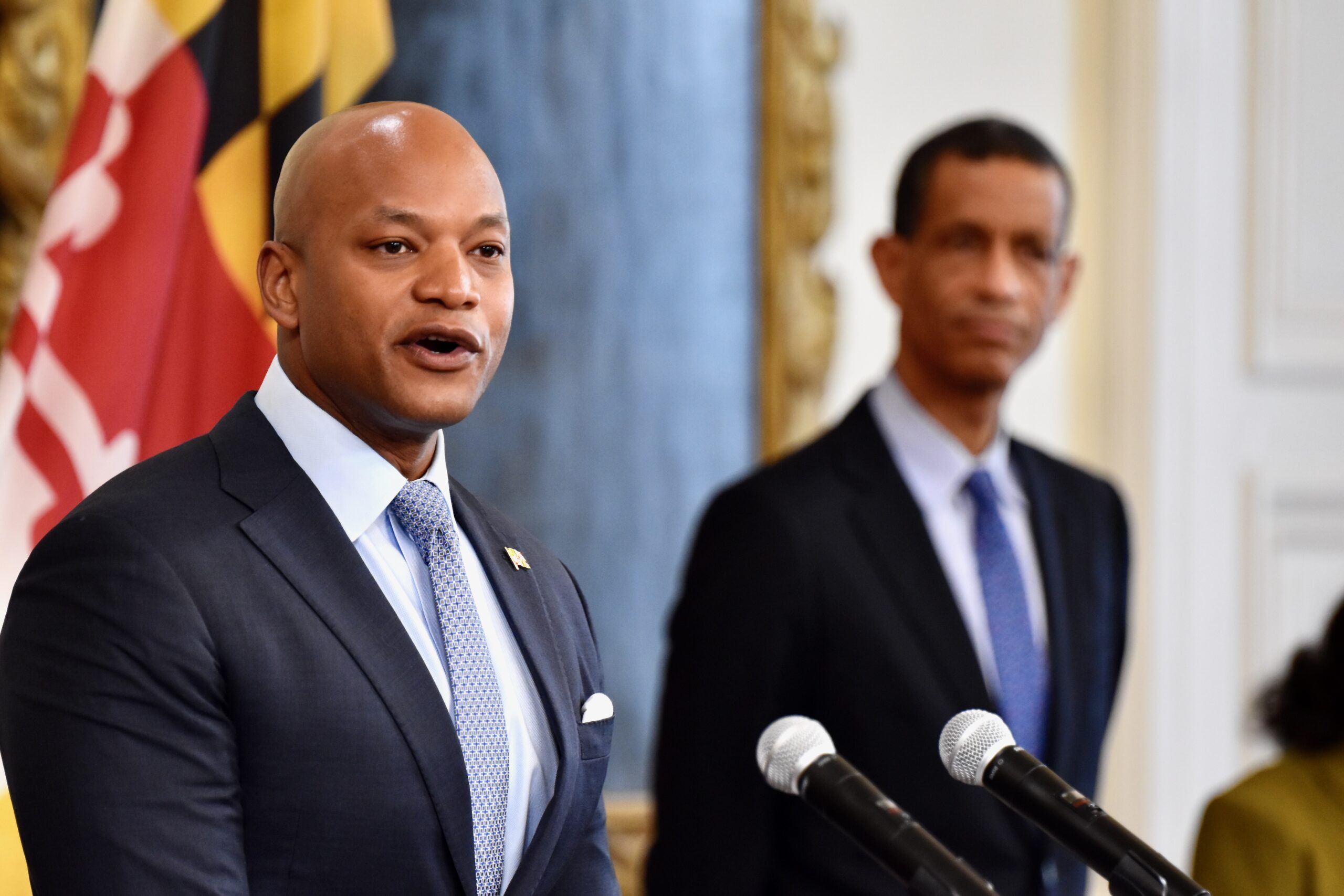
 Creative Commons Attribution
Creative Commons Attribution